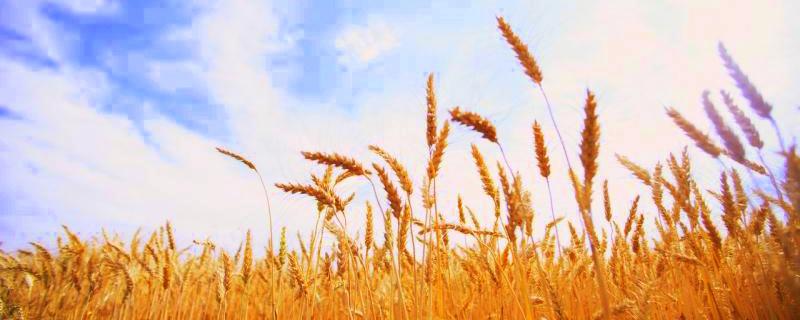
LAST year, Zimbabweans invested only $75,5 million as capital in agriculture production, with only 3% of that money being used for land improvements, as the sector continued on a downward trend, the Zimbabwe Statistics Agency (Zimstat) has said.
Report by Gamma Mudarikiri
The capital investments were spread towards housing facilities, and employee housing, irrigation works, land conservation and improvement, establishment of orchards and plantations, among other projects.
Zimstats said in the rural land use sector, an estimated 63,2% of the capital was spent on housing construction and housing facilities for employees while 14% went to fencing or repair of precast walls for agriculture purposes.
Households in resettlement areas spent 57,9% of their income in construction of housing facilities while 39,9% was committed to the construction of tobacco barns. About 5,7% was spent on the construction and repair of fences. The statistical agency said throughout the country the proportion of capital formation, which spent on irrigation works and land improvements was only 3%, which it sees as a part of the reason why agriculture continues to decline.
Zimstats added that an estimated 66% of total capital formation contributed for agricultural purposes was used by households residing in communal lands followed by resettlement areas representing 11,1% and large- scale commercial farms at 7,9%.
The gross agriculture output from households in Zimbabwe summed up to $1,2 billion, while the inputs amounted to $747,5 million, giving a value added total of $446,7 million.
Zimstats said 61,4% of the output emanated from households residing in communal lands, followed by households in resettlement areas constituting 14,9% and large commercial farms representing 14,8%.
- Chamisa under fire over US$120K donation
- Mavhunga puts DeMbare into Chibuku quarterfinals
- Pension funds bet on Cabora Bassa oilfields
- Councils defy govt fire tender directive
Keep Reading
According to Zimstats, 58% of the agriculture output in Zimbabwe is for household consumption.
Agriculture continues to face a myriad of challenges chief among these being climatic changes resulting in erratic rainfall patterns.










